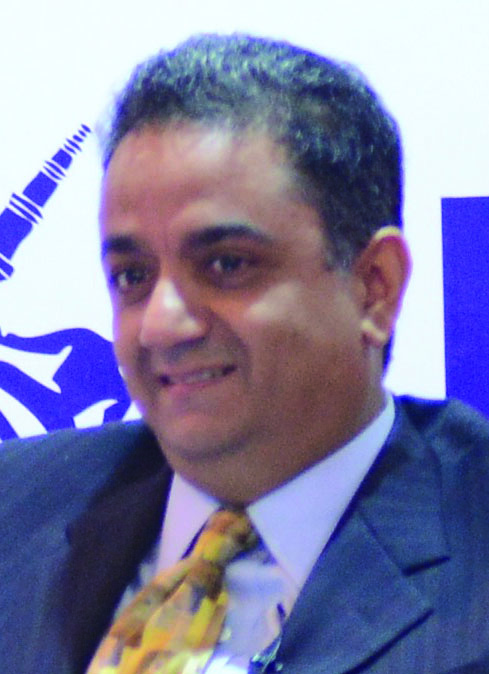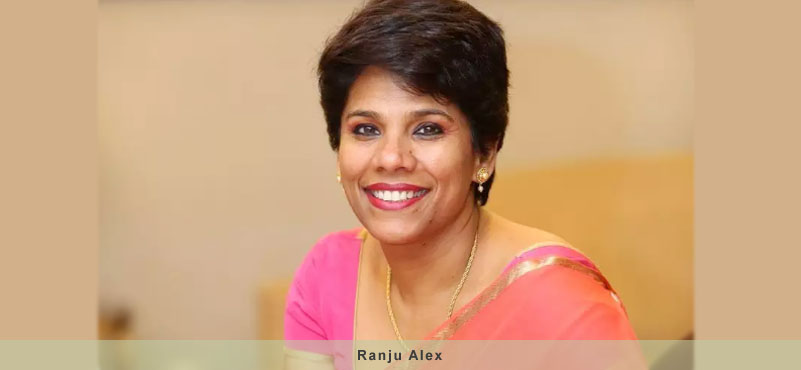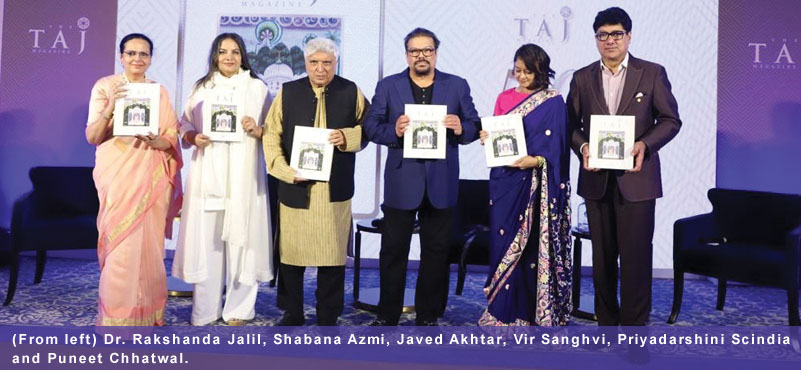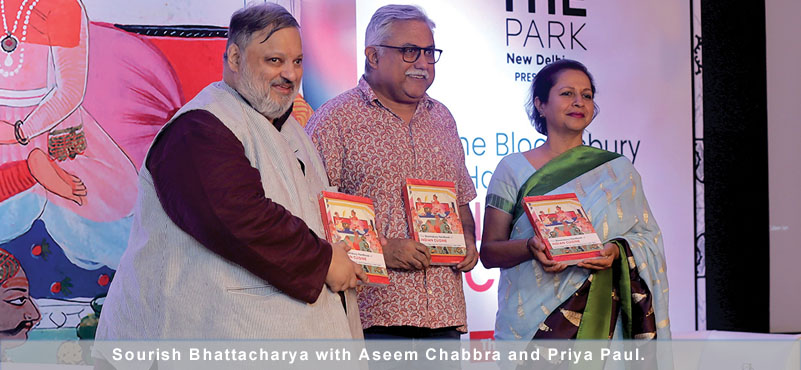India’s leading hospitality consulting, asset management and investment advisory, Hotelivate, in its recent report on 2018/19, says growth was muted, occupancies were higher but not the rates.

FOUNDER, HOTELIVATE
Reviewing the 2018/19 performance of hotels across the length and breadth of our country, we were pushed to wonder what was causing them to be ‘stuck in orbit’. Why was it that despite the demand-supply equation favoring growth across most markets, the nationwide numbers (both occupancy and average room rate) barely moved, yet again? Yes, growth was recorded across all performance metrics; however, it wasn’t reflective of an up-cycle the way one would expect. So, we decided to get to some old-fashioned slicing and dicing. As we dug deeper, our hypothesis that ‘we are just not making offers that can’t be refused’ became firmer. We are not alluding to simply dishing out great deals or attractive packages. We refer to the crux of how we approach the very principles of revenue management.
Simple as it may seem, may we urge you to ask yourself these questions: Are we far too focused on selling rooms at the highest possible rate on the busiest days, while paying scant attention to how that may interplay with demand during the shoulder and valley periods? Is stark weekday-weekend seasonality real, or just a convenient excuse? Must we assume that hotel occupancies always peak in the early- to mid-70s or is there merit in the argument that some hotels across India are actually doing something different and breaching 85% to 90% occupancies?
Evidently, close to 15% of the 1,068 branded hotels tracked in this survey averaged more than 80% occupancy in 2018/19. The easiest conclusion one may draw is that these hotels are in very strong markets, with negligible weekday-weekend seasonality. However, the fact is that all of them are based in urban corporate markets, where the industry’s claim has traditionally been that weekends are lean. Yet, these hotels ducked the trend and performed well on weekends, without which achieving an occupancy in the high 80s or 90s as a year-round average is not mathematically probable.
Other arguments that one may present are that these hotels either sell rooms at ‘rock-bottom’ rates or that they have a low room count, making them easier to fill. Well, neither is true; in fact, more than two-thirds of the hotels that averaged more than 80% occupancy have over 150 rooms.
It is also noteworthy that more than one-third of the hotels presented in this report achieved an occupancy between 70% and 80% last year. That’s a promising statistic, and an opportunity in waiting. The last time our industry saw a meaningful growth in the nationwide average daily rate (ADR), almost three-fourths of the hotels were clocking 70% plus occupancies. The industry will truly reap the benefits of this up-cycle only when a large majority of existing hotels consistently push their rates, and subsequently, revenues northward.
Hotelivate, a comprehensive hospitality consulting firm offering specialised services to clients across the Asia Pacific region, is proud to present the results of The 2019 Indian Hospitality – Trends & Opportunities Report. The current participation base of 1,068 hotels, with a total inventory of 1,33,359 rooms, offers a comprehensive coverage of the country’s branded hospitality landscape, enabling better incisive analyses of national trends, performance of major hotel markets, and demand and supply forecasts than any other survey of a similar nature.
The results of the Trends & Opportunities Report have been presented in this report at an All-India level, by star category and by 13 major hotel markets, indicating the best and the worst performers and identifying reasons for the same. Furthermore, a detailed review of the existing and future supply has been conducted at macro and micro levels to facilitate a better understanding of the growth in the number of branded rooms in the country across positioning. We have also offered additional perspective and insights within various sub-sections of this report for those seeking a deeper analysis of the demand-supply dynamics as well as future trends and opportunities in a rapidly evolving marketplace.
Preceding the discussion of survey results is a brief review of the performance of the Indian economy in the past fiscal and that of the tourism sector, in particular, that have a direct bearing on the health of the Indian Hotel Industry.
– by Achin Khanna & Gautam Tyagi




































